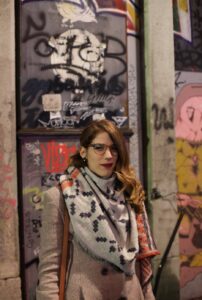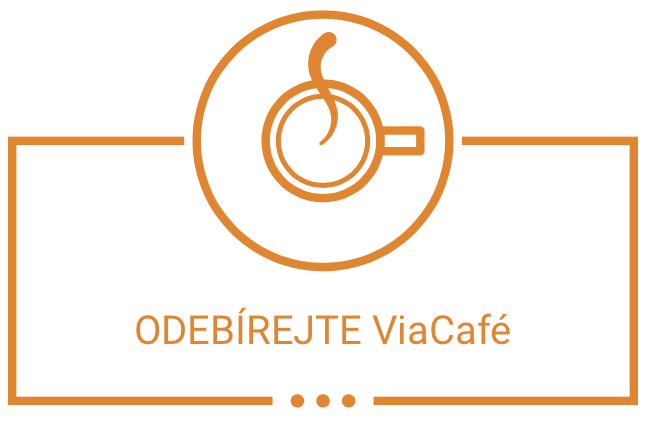The CEE partner organization network is a new regional grouping of seven civil society support organizations from six CEE countries. The main objective of the CEE partner organization network is to strengthen and develop local communities in the Central and Eastern Europe region. Member organizations agreed that it is very valuable for them to exchange their community practice and as one of the ways how to do it is exchange site visit. This time we would like to share with you impressions of Milena Vujovic from Serbian TRAG.

Among other things, I confirmed my assumption that the Via program “Living communities” (Živá komunita) is very similar to the program “Active communities” which Trag runs in Serbia. As the names of both programs imply, in reality a living community is an active community and vice versa.
Here are some of the things that surprised and impressed me most during the study visit.
The biggest surprise during my visit was that in the touristy center of Prague, in a park which is just a few minutes’ walk from the Charles Bridge, there is a community center where people from the neighborhood gather and organize various events. The Kampa Community Centre in the Kampa Park was initiated by neighborhood residents. This center, located in a beautiful park near the Moldau River, has a kindergarten which is open to children from the neighborhood and to their parents. Different types of workshops are organized for children and for parents.

There is also a cafe with an abundant array of evening events. The night we visited there was a jam session going on and the guests were elderly people from the community, who danced and played all night. It was full of people, all of them singing along with the band. It was really nice that even though I am not part of this particular community I felt welcomed, primarily thanks to Bara from the Kampa Community Centre, but also because all of the people in the cafe were very friendly and I felt as if I were part of the community. It was inspiring, as I started to think about how great it would be to have this kind of place in Belgrade, where elderly people would have an opportunity to gather, play, sing and socialize.

One of my biggest impressions came from an idea that Kamila of Via Foundation shared during our visit to Kolonie Buďánka, which was inspired by the conversation, plans and ideas of the people who revitalized this place: “Some projects need more than a single generation to get done and it’s important to make the first move and start from somewhere. “
Not so long ago, the yard where Kolonie Buďánka is located was filled with workers’ housing. Later, during the Communist era, it was decided that the workers should be resettled in other buildings in the neighborhood. Over the last few decades, the houses have become almost completely run-down and only a few of them still have roofs today. Artists from the neighborhood who didn’t want to have new construction in the area decided to try to preserve what was left of the houses. The idea was to create some kind of community center. First, they succeeded in getting the Ministry of Culture to register Kolonie Buďánka as a cultural heritage monument. Later, they renovated one house and transformed a dilapidated building which was a shop into a cafe, where various events and workshops for children and adults from the community are held. For safety reasons, they also restored what is left of the former houses, installed new roofs and did construction work to preserve what is left of the houses. One of their community activities was an event during which people from the community were asked what content they would like the community center to have. This is a very long-term project, but the people who started it have taken the most important first steps and also included the community in planning further steps.
Finally, one thing that brings me hope is that Via grantees in 20 communities have decided to become involved in politics and half of them are now mayors. Bearing in mind that they were citizens who initiated positive changes in their communities while respecting the needs of their fellow citizens, there is good reason to be optimistic about their participation in decision-making. Especially because I think that bigger changes could come from the grassroots.
My biggest overall impression was one more similarity between Via and Trag: in order to respond to the needs of different initiatives, organizations and people who live in communities throughout the Czech Republic, Via Foundation adjusts its programs, strategy and approach. The people who work at Via are very dedicated to their grantees and the communities in which they work. During my visit I also learned about programs such as Fast grants, an experience exchange which was very useful since Trag plans to implement a similar program in the future.
Instead of a conclusion, I would like to recommend places that I had the opportunity to visit during my short stay in Prague which share positive values and have interesting things to offer: Kasárna Karlín multi-functional center, Z pokoje do pokoje re-use center and Skautský institut Czech Scouts organization.






